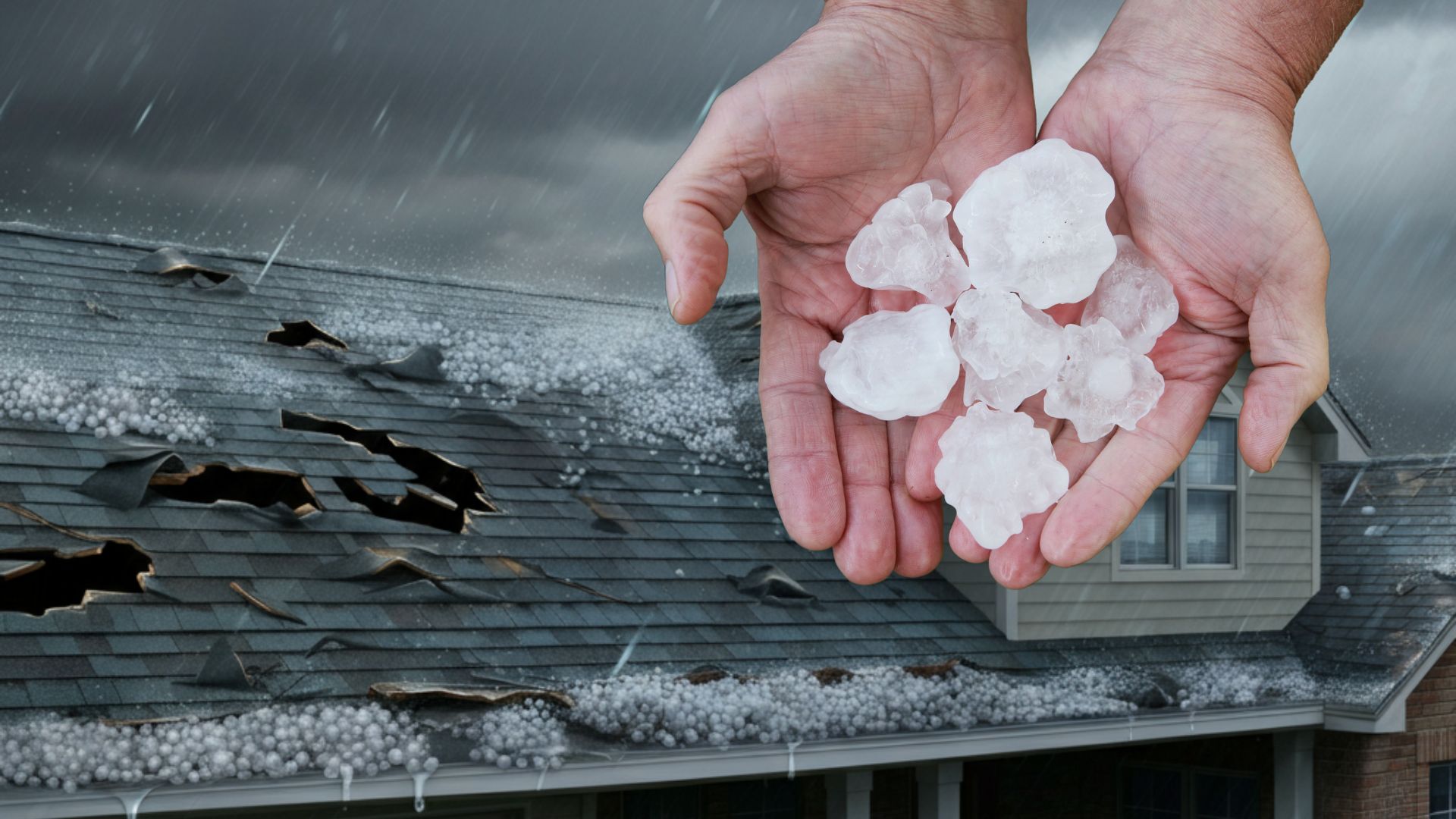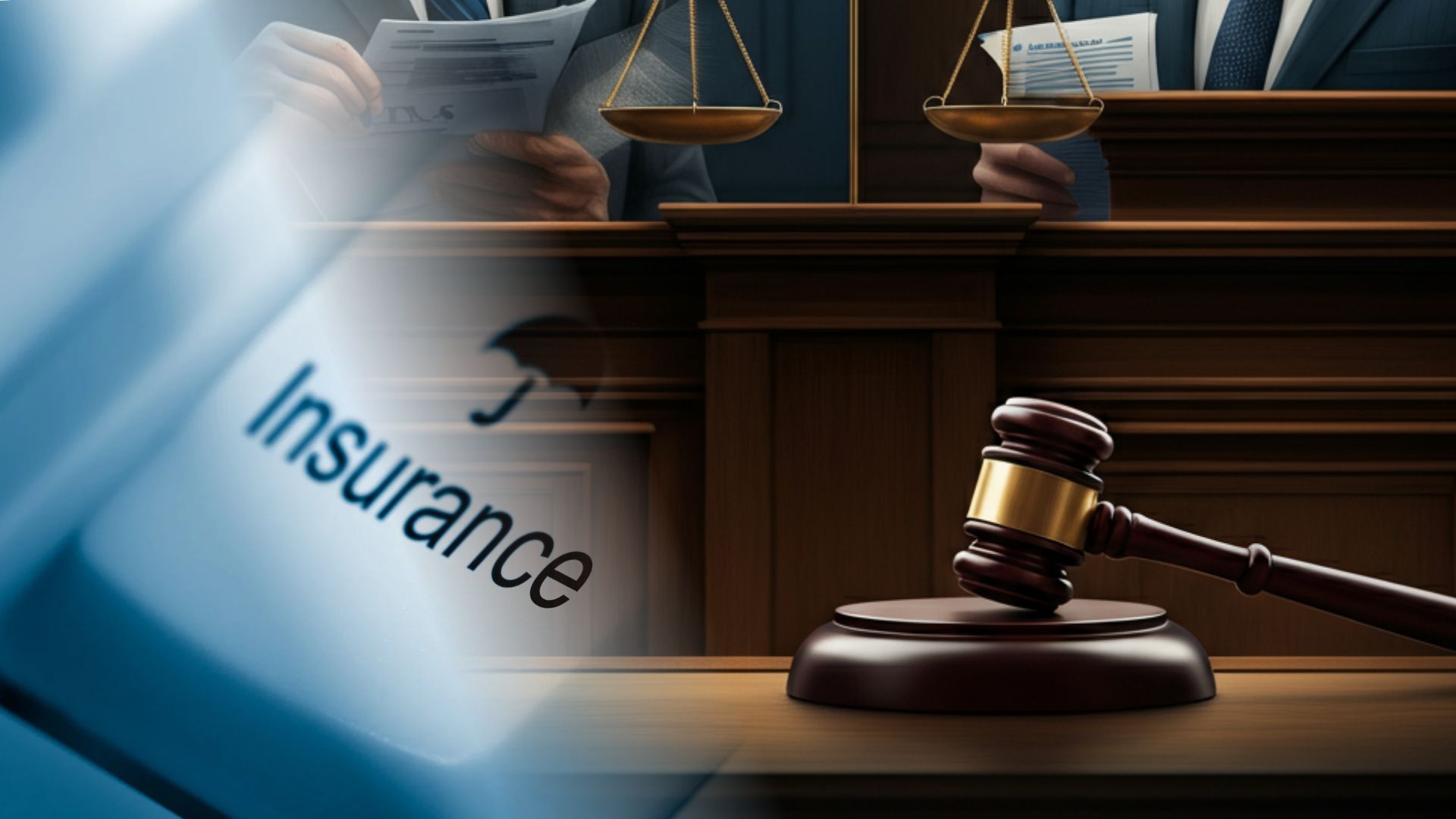Safeco and Liberty Mutual Hail Damage Lawsuit Highlights Industry Challenges
Hailstorms might last minutes, but their implications can drag on for years, especially when insurance claims come under scrutiny. A high-profile lawsuit in Oklahoma has brought Safeco and Liberty Mutual into the spotlight, raising questions about both policyholders’ rights and insurers’ responsibilities. While allegations of bad faith claims and branding confusion have fueled the debate, it’s worth examining the perspectives of all parties involved to uncover the complexities of this case.
The Lawsuit Breakdown
Ralph and Myrna Lightfoot of Oklahoma filed a lawsuit after hail damaged their home. Their homeowner’s insurance policy was issued by American Economy Insurance Company (AEIC), a subsidiary of Liberty Mutual operating under the Safeco brand. However, the Lightfoots extended the case to include Liberty Mutual and Safeco, claiming the companies were intricately involved in processing their claim.
The lawsuit alleged inadequate investigation of the hail damage and insufficient payouts. While the situation underscores the frustrations many policyholders feel during the claims process, it also highlights the operational structures of large insurance companies.
The Court’s Take on Branding vs. Accountability
A major point of contention in the lawsuit is the role of branding. On paper, the insurance policy was underwritten by AEIC, but it carried Safeco’s logo, promotional messaging, and references to Safeco’s website. The Lightfoots argued this created the perception that Safeco and Liberty Mutual bore responsibility for their claim.
From the insurance companies’ perspective, branding serves as a way to simplify customer interactions. Safeco and Liberty Mutual operate through subsidiaries to efficiently provide coverage while leveraging the reputation of established names. However, the court decided that branding alone doesn’t establish a legal contract under Oklahoma law. The court dismissed the breach of contract claim against Safeco and Liberty Mutual, emphasizing that without a direct contractual relationship, liability could not be assumed simply because of marketing materials.
Still, the bad faith claim has led to more questions. Policyholders argued that Safeco and Liberty Mutual were not just behind the scenes but played an active role in claim decisions and adjuster training. If true, this could establish what’s known as a “special relationship” under Oklahoma law, potentially making the companies liable for improper claims handling. This case reflects the careful line insurers must walk between joint operational efficiency and distinct contractual responsibility.
Why Hail Claims Are a Storm of Their Own
For consumers, hail damage claims are particularly contentious. The National Oceanic and Atmospheric Administration (NOAA) notes hailstorms cause billions of dollars in property damage annually, making them one of the most common catastrophes in the United States. For insurers, this translates to a significant financial exposure, prompting careful scrutiny of claims.
Policyholders, however, often feel their concerns are sidelined. Damage assessments can be subjective, with disputes arising over what’s considered “cosmetic” versus structural damage. For instance, a dented roof might not impair function but affect property value, leading to disagreements on payouts. Consumers argue that clarity and fairness in evaluating claims are often lacking.
On the flip side, insurance companies contend with widespread fraud and exaggerated claims, particularly in areas frequently hit by hail. Unscrupulous contractors, inflated repair estimates, and duplicate claims can make it challenging for adjusters to determine legitimate losses. These factors drive insurers to adopt stricter standards in verifying claims, which can unintentionally delay or frustrate honest policyholders.
Challenges for Insurance Companies
Operating under subsidiaries and managing claims at scale is not without its hurdles. For Safeco and Liberty Mutual, balancing their brand reputation with legal structures is a delicate act. The use of established names like Safeco ensures consumer trust, but it can unintentionally blur the lines of who’s responsible when disagreements arise. Failure to distinguish these boundaries can lead to courtroom battles, as this case highlights.
Additionally, insurers have to juggle rising natural disaster costs, including hail events, while maintaining affordable premiums. As claims pile up, companies face financial pressure to avoid operational losses, which complicates their ability to fully cover every claim without question. This can create the impression of bad faith behavior when, in reality, insurers are navigating a landscape rife with operational and cost challenges.
Lessons for Consumers
The Lightfoots’ case underscores the importance of understanding your insurance policy. Consumers should look beyond branding to identify exactly which company underwrites their policy and handles claims. Knowing this can help set expectations and avoid confusion during the claims process.
Policyholders should also document damage thoroughly and be proactive in communicating with their insurer. If disputes arise, knowing your rights and potential legal remedies is crucial. Insurers have a legal duty to act in good faith, so it’s important for consumers to hold them accountable if standards are not met.
That said, involving lawyers or public adjusters at the first sign of difficulty can escalate tension. Open, collaborative dialogue with insurers might prevent misunderstandings and pave the way for a smoother resolution.
What This Means for the Broader Industry
This lawsuit reflects broader challenges within the insurance industry, including how branding, claims processing, and communication intersect. For insurers, greater transparency in communicating their relationships with subsidiaries could prevent similar challenges. They must also strike a balance between thorough claim evaluations and retaining consumer trust in their handling process.
For policyholders, the takeaway is to stay informed. Insurance is ultimately about risk management and ensuring peace of mind, but this requires effort on both sides to build a foundation of trust and transparency. While no system will eliminate disputes entirely, lessons learned from this case could help improve the claims process and relationships between insurers and the insured.
The outcome of this case will likely shape conversations about accountability and branding in the insurance world. For now, it serves as a reminder that behind every claim is a human story, and solving these disputes requires empathy, fairness, and clarity from all involved.


